The evidence was clear, the official had dropped a clanger. At 4-4 in the first set of the women’s match at Wimbledon last Sunday, the British player Sonay Kartal should have had her serve broken when she hit a backhand long. Anastasia Pavlyuchenkova saw the ball land well out of court, as did those watching the replay, but the line judge remained mute.
“Replay the point,” the umpire said, leading the Russian to complain that “they stole the game”. This nameless offender – let’s call him Hugh after Hugh Cannaby-Serious, the official who used to wind up John McEnroe – was napping. It turned out that Hugh had been switched off for a few points. Robots can be human too.
Cameras have replaced line judges at Wimbledon after 148 years. Using Hawk-Eye technology that is said to be accurate to within 3mm, it gives more reliable calls than the human eye and is faster than the challenge system used since 2007, when players could appeal a debatable call to the camera. If Hugh says it’s out, it’s out.
Some players disagree. Emma Raducanu complained of “dodgy” decisions in her third-round match and Jack Draper, her fellow Brit, grumbled that it was not 100 per cent reliable. Compare that, however, to human eyesight: an analysis of 1,500 challenges at 15 tournaments in 2008 found that while line judges got the close calls (balls that land within 10cm of a line) right 92 per cent of the time, on shots where there was a challenge the accuracy fell to 61 per cent. Still pretty good when we’re talking about the width of a few blades of grass, but far from perfect.
Wimbledon has followed the US and Australian Opens, though the French hold out, as well as many top tournaments. Players generally accept the robot’s decision. We’re yet to see one kick Hugh after a bad call, as the Argentinian player David Nalbandian did to a line judge at Queen’s in 2012. Nor has a camera official been arrested on suspicion of murdering their husband, as once happened to a line judge during the US Open.
The first attempt at electronic judgment in tennis came 50 years ago, when Geoffrey Grant and Robert Nicks invented the Electroline, which used plastic pressure sensors below the surface that could differentiate between the kiss of a tennis ball and the thud of a trainer. “Is the linesman obsolete?” asked a headline in Tennis magazine in 1975. It was not reliable enough, but the Cyclops system, which used infrared beams to judge the service line, was used at Wimbledon from 1980.
Players accept good and bad luck in other ways – a ball that clips the net and trickles over, say
Technology has long been used to improve decisions in sport. Instant replay was first deployed in an American army-navy football match in 1963. “This is not live,” the announcer said. “Army did not score again.” Viewers may have wondered, since the film was taped over a sitcom, why Lucille Ball’s face was suddenly superimposed on the field.
We are now well used to AI being used for controversial calls. Goal-line technology was first tested for Eastleigh vs AFC Totton in the Hampshire Senior Cup soccer final in 2012. Hawk-Eye has been used in cricket since 2001 for line-calls and appeals for leg before wicket, reducing umpires effectively to a hat-stand that counts up to six. Two tries in the Lions rugby match last weekend were overturned by a man in a van watching a replay.
And this will continue. Measurement is now so accurate that World Athletics is holding trials to get rid of the take-off board in the long jump and simply record the distance from the shoe leaving the ground to the grains of sand on which it lands. Major League Baseball is similarly experimenting with cameras to rule whether a pitch is a strike.
Perhaps this is all for the good. Nevertheless, some wonderful sporting moments would have been spoilt by cameras. That great Gareth Edwards try for the Barbarians against the All Blacks in 1973 featured two blatant forward passes (and a missed high tackle on J.P.R. Williams); Michael Kasprowicz arguably didn’t have his hand on the cricket bat handle when giving the “catch” that sealed England’s hair’s breadth win in the Ashes Test at Edgbaston in 2005; and as for Geoff Hurst’s second goal at Wembley in 1966… Well, more recent analysis showed that it did cross the line, so the Germans should stop moaning.
Robot line judges at Wimbledon are welcome when they speed the game up and make it more accurate, but it is a pity that human error is removed. Players accept good and bad luck in other ways – a ball that clips the net and trickles over, say, or a player who slips as they change direction – and they make plenty of unforced errors of their own. Why should only the officials be perfect? The players should remember that line of Kipling they pass as they enter Centre Court: “If you can meet with Triumph and Disaster and treat those two imposters just the same…” Well done sleepy Hugh for reminding them of that.



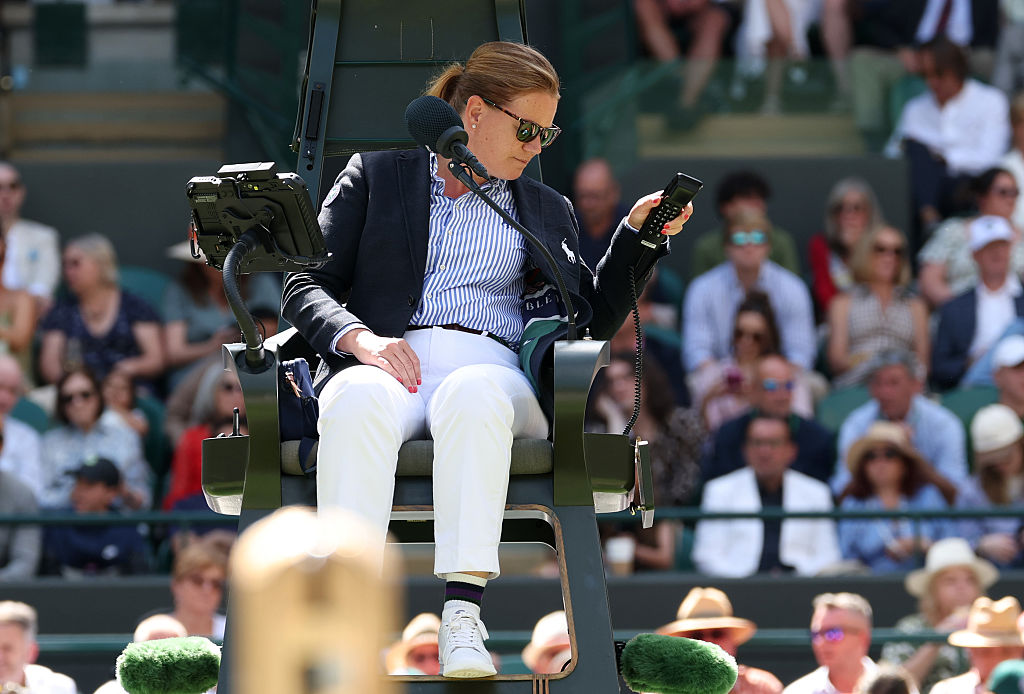






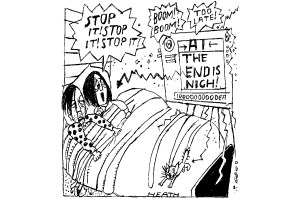

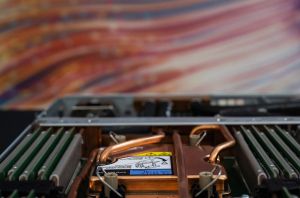
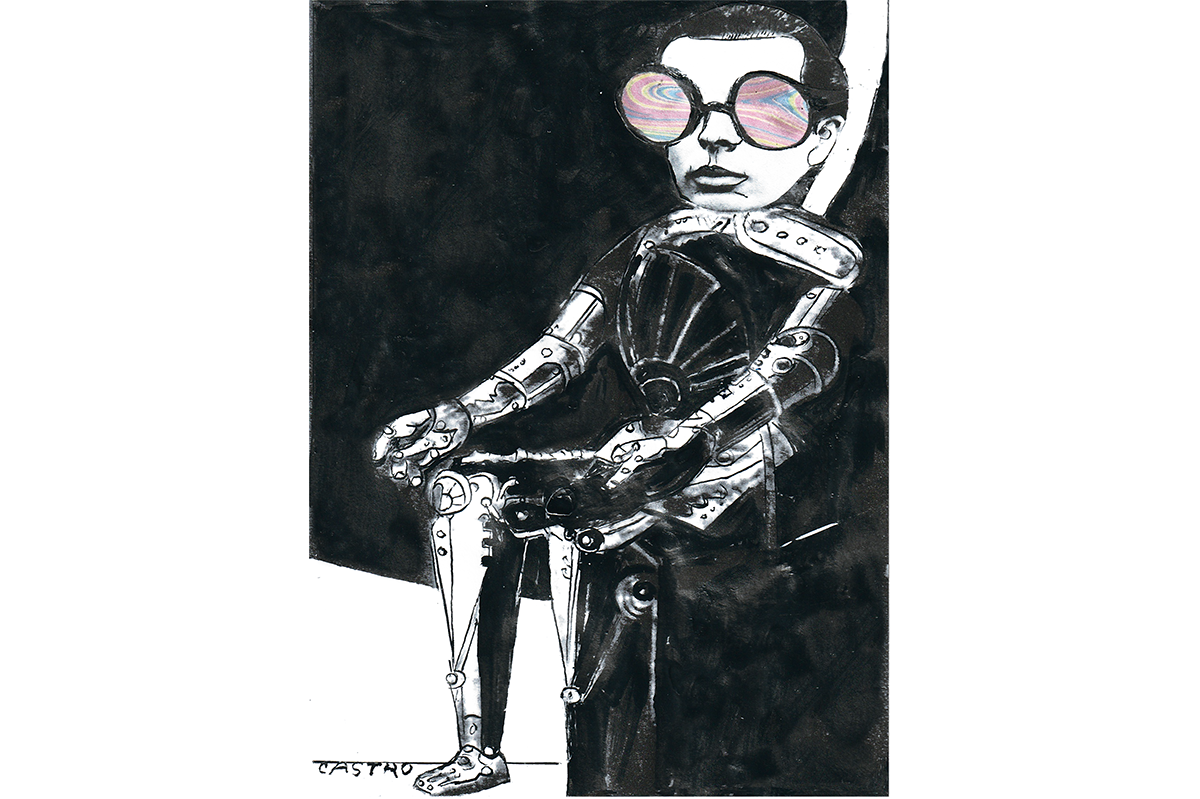
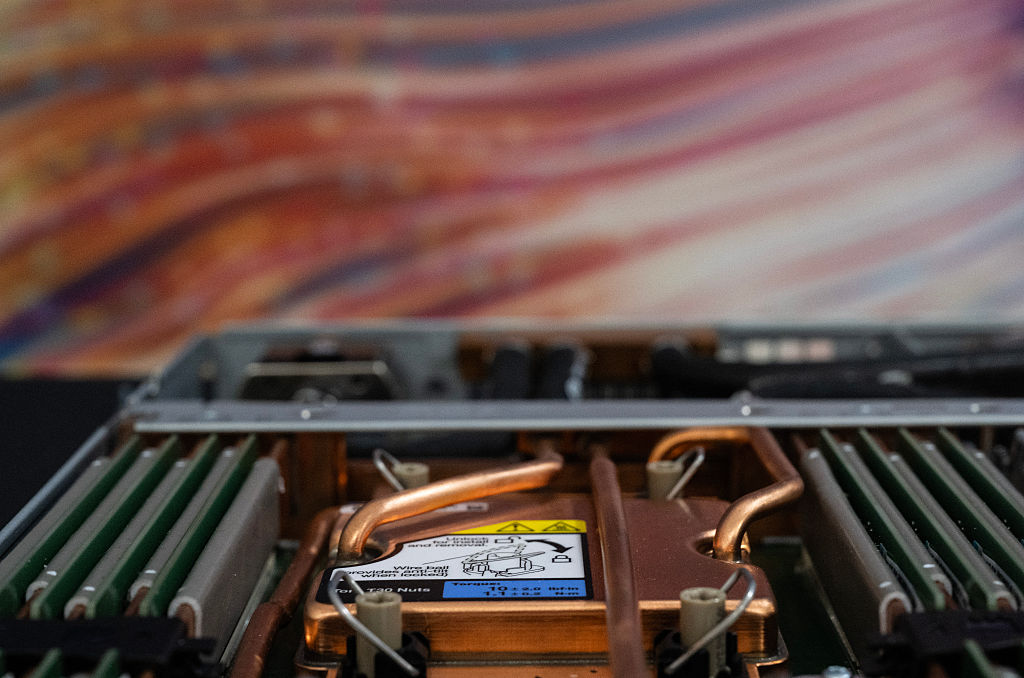
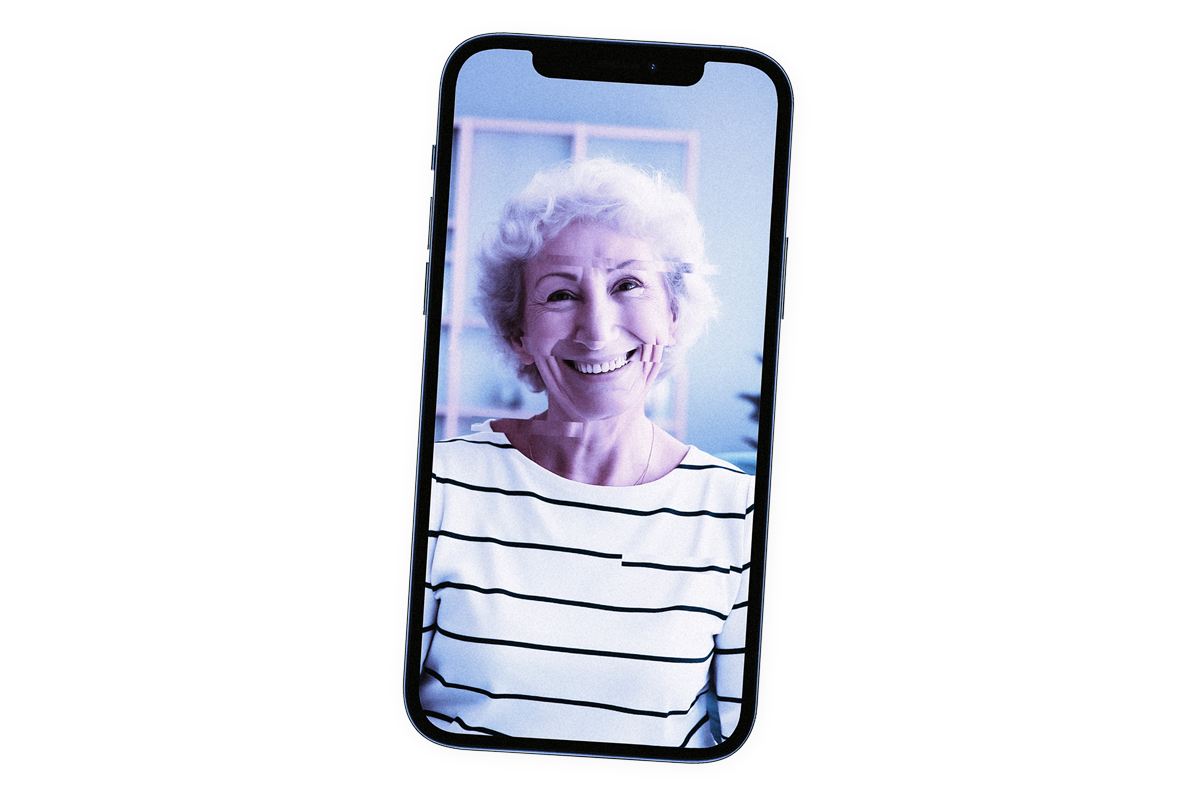
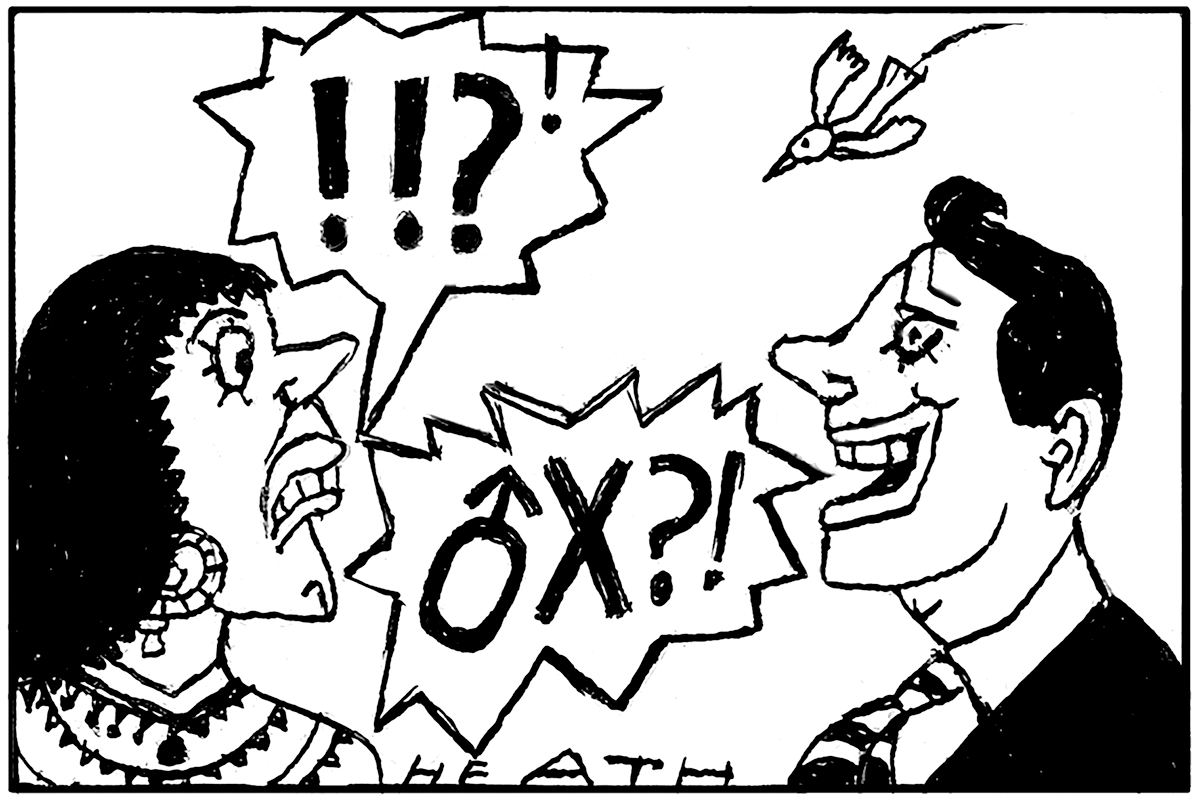
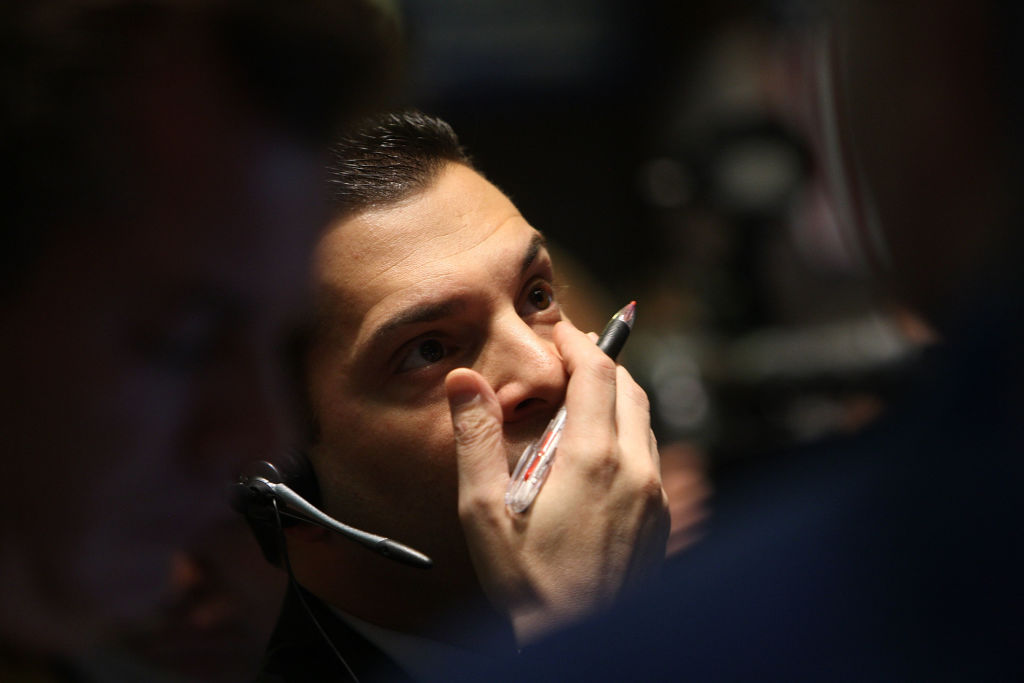
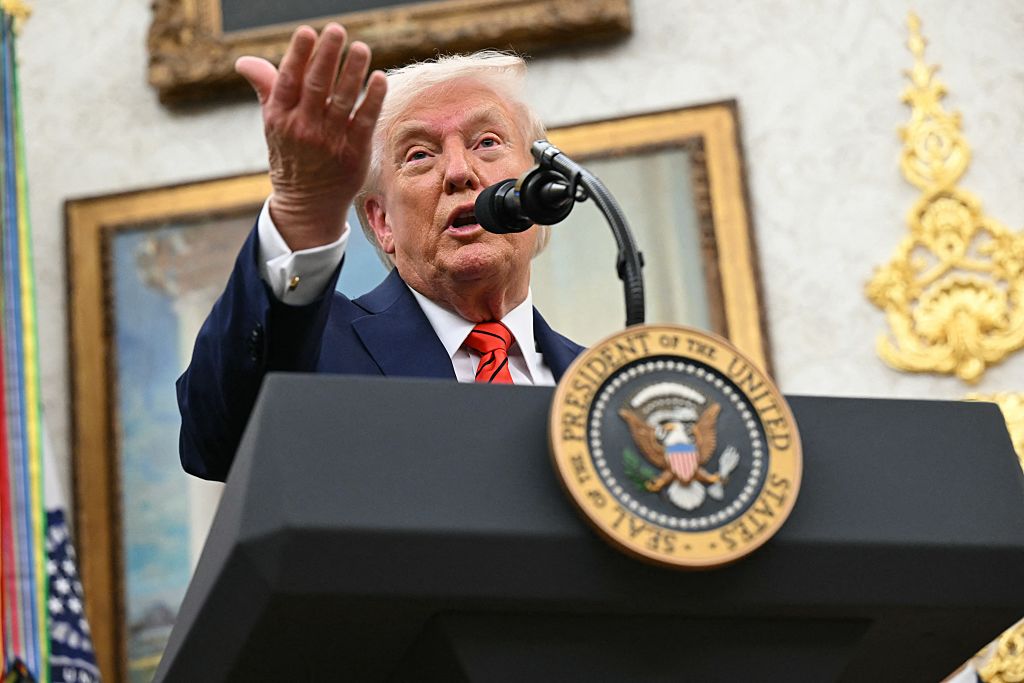







Leave a Reply